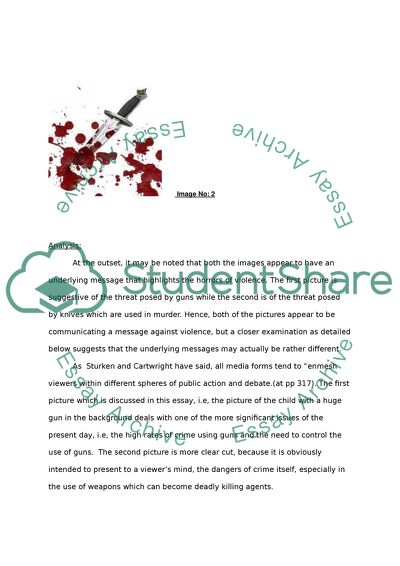Cite this document
(Contemporary Communications Case Study Example | Topics and Well Written Essays - 2000 words, n.d.)
Contemporary Communications Case Study Example | Topics and Well Written Essays - 2000 words. Retrieved from https://studentshare.org/social-science/1741599-contemporary-communications
Contemporary Communications Case Study Example | Topics and Well Written Essays - 2000 words. Retrieved from https://studentshare.org/social-science/1741599-contemporary-communications
(Contemporary Communications Case Study Example | Topics and Well Written Essays - 2000 Words)
Contemporary Communications Case Study Example | Topics and Well Written Essays - 2000 Words. https://studentshare.org/social-science/1741599-contemporary-communications.
Contemporary Communications Case Study Example | Topics and Well Written Essays - 2000 Words. https://studentshare.org/social-science/1741599-contemporary-communications.
“Contemporary Communications Case Study Example | Topics and Well Written Essays - 2000 Words”. https://studentshare.org/social-science/1741599-contemporary-communications.


